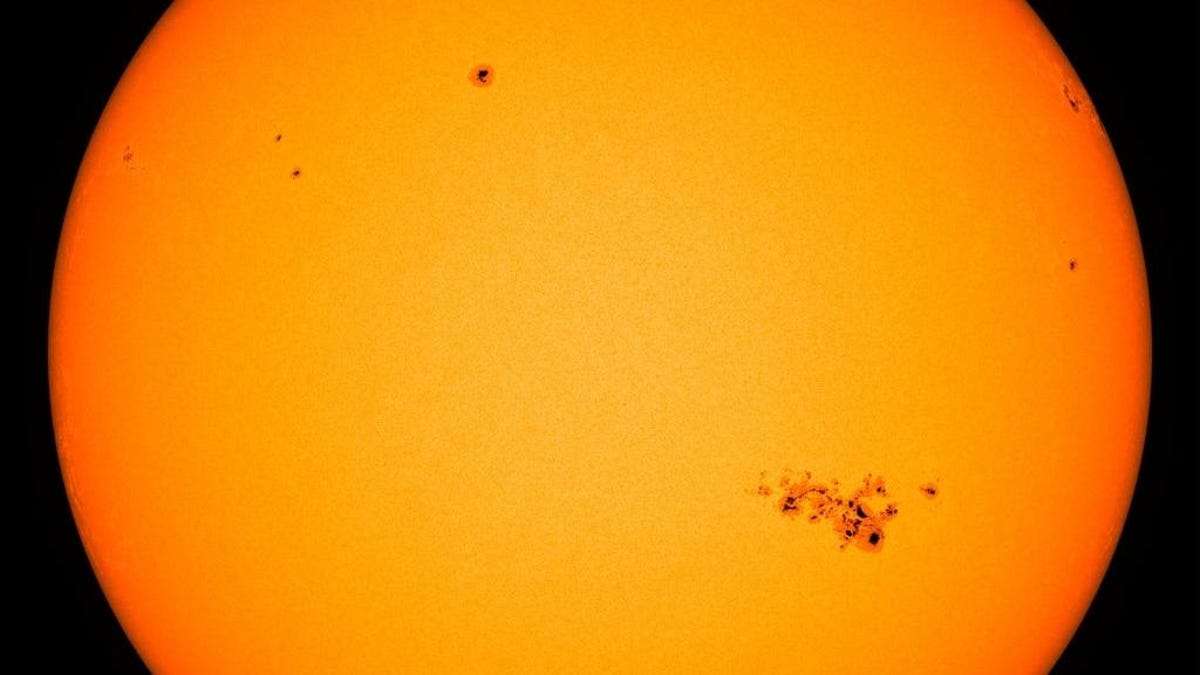The Sun’s Current State
The Sun is currently experiencing a period of heightened activity as it approaches solar maximum. A massive dark spot, known as sunspot R3664, has been steadily growing on the Sun’s surface, emitting radiation into space.
Sunspot R3664 Details
Sunspot R3664 now spans nearly 124,300 miles (200,000 kilometers), making it one of the largest sunspots observed during this solar cycle. It is approximately 15 times larger than Earth, located in the Sun’s bottom right quadrant. The National Oceanic and Atmospheric Administration’s Space Weather Prediction Center has reported that R3664 has become increasingly magnetically complex, leading to a higher probability of solar flares in the coming days.
New Solar Flares
Recent observations have detected a strong X2.2 solar flare originating from sunspot R3664. This marks the latest in a series of solar flares and coronal mass ejections (CMEs) emitted by the Sun as it nears the peak of its current cycle.
Implications of Increased Solar Activity
The uptick in solar flares and CMEs poses potential risks to Earth’s communication systems and power grids. A Carrington-level geomagnetic storm, similar to the event in 1859, could disrupt high-frequency radio communications, GPS systems, and even pose risks to astronauts and satellites.
Forecasted Geomagnetic Storm
Several CMEs are projected to impact Earth in the coming days, potentially leading to a geomagnetic storm that could affect power grids and electronic transactions. Given our society’s heavy reliance on technology, such a storm could have catastrophic effects on communication systems worldwide.
The Threat of a Carrington-Level Event
The similarities between sunspot R3664 and the sunspot associated with the Carrington Event raise concerns among scientists. Monitoring the development of R3664 is crucial to better understand the potential impact of future solar flares.
Stay Informed
As solar activity continues to increase, staying informed about space weather events and their potential repercussions is essential. Observing the Sun safely using eclipse glasses can provide valuable insights into these phenomena.
Image/Photo credit: source url





